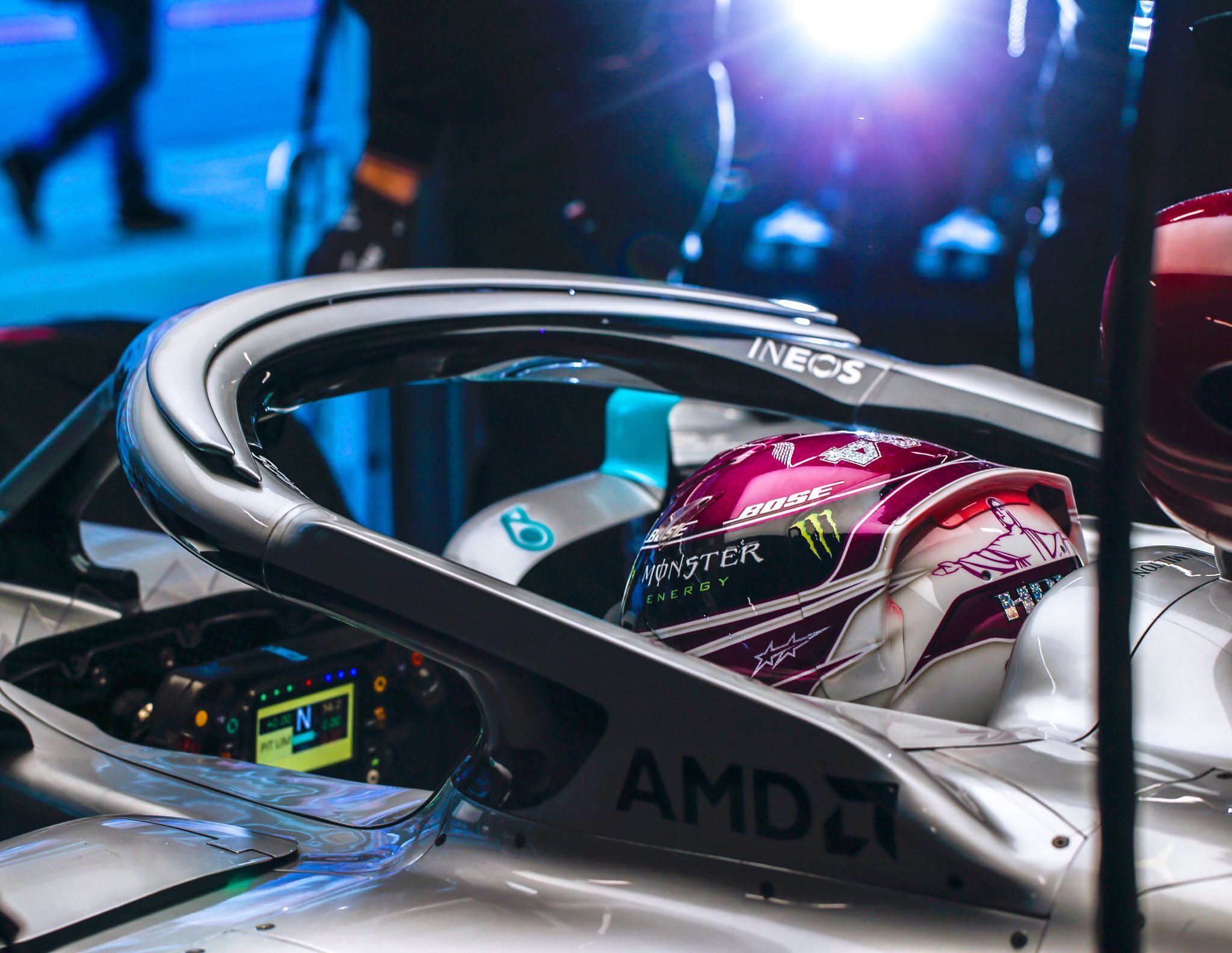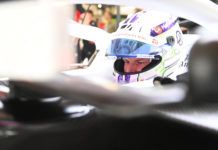Mercedes has a brand-new ‘Deep Dive’ series where the first episode has interesting talks of DAS and F1 innovation as a whole.
Due to recent events, many motorsports-related entities such as F1, IndyCar, NASCAR, and Sky Sports, have been pushing out extra content for fans to enjoy in a time where there isn’t much entertainment to be found – along with long virtual races.
With their new ‘Deep Dive’ series, Mercedes have officially hopped on the bandwagon as their first episode – covering F1 never-ending innovation – was released. The sole guest for the first episode was John Owen, the team’s Chief Designer.
Owen discussed a wide range of subjects, from how the mind of a designer operates, to his past and its impact on his work, and where F1 is headed on the engineering front. He also talked his love of problem-solving, discovery, and seeing his work succeed, or fail, in real-time on the race track.
The Mercedes designer then went on to explain what it’s like to work within the confines of the rulebook, which can limit possibilities, but also breed new ideas if you think outside the box, as Brawn GP did in 2009 F1 season with the double-diffuser.
All this talk of rulebook loopholes and creative thinking then led into the discussion of Mercedes DAS – a subject that dominated a good chunk of the episode, as Owens revealed the origin of the idea, and the logic behind its supposed legality, saying the following:
“I got asked a few weeks ago to talk to our graduates, about innovation and what it means, and with innovation there’s almost no new ideas,” he said. “There are only old ideas, but there are different collections of ideas that make a new concept of something different.
“And so the Mercedes DAS system was born out of the ashes of something else, something that we tried, something we’d actually raced on the car a couple of years ago, that sort of worked but didn’t really deliver all the promise that we had in it.
“So that was sort of put to one side as something we tried and didn’t perhaps live up to our expectations. And then, there are many other things out there, within the team, within peoples’ minds – projects that people don’t remember.
“And then there are also specific issues that are coming through on the car performance side. Things that we need to fix, and deal with. The Mercedes DAS system was really, well, what about if you could do something like this? What do the rules say? And the rules effectively didn’t stop it.
“We thought: ‘oh that’s unusual, and surprising’. Then you get into it more and more and more, and say, ‘Well, how would I stop it?’ – you take the opposite approach, and you say, ‘I’m now going to stop someone from having this, what would I do, what are my arguments?’.
“Then you build a system where you thought about what someone else’s arguments would be, and you’ve made it so that it doesn’t effectively trip up on those. We’ve seen with the DAS system already that there’s a lot of immediate reaction that ‘it must not be within the rules’.
“But the more people look at it, the more they sort of say, ‘Well, darn, maybe it is in the rules, and why haven’t we seen it before? Now there’s a desperate panic to try and find the reason why it shouldn’t be within the rules, but that’s just Formula One in general.”
Here’s the full video from Mercedes:
Here’s Ross Brawn on 18-19 F1 races
Here’s news on shutdown extension
Here’s Mercedes on getting breathing aide ready
Here’s the latest from FIA on 2020/2021 changes
The story was edited by Darshan Chokhani



















